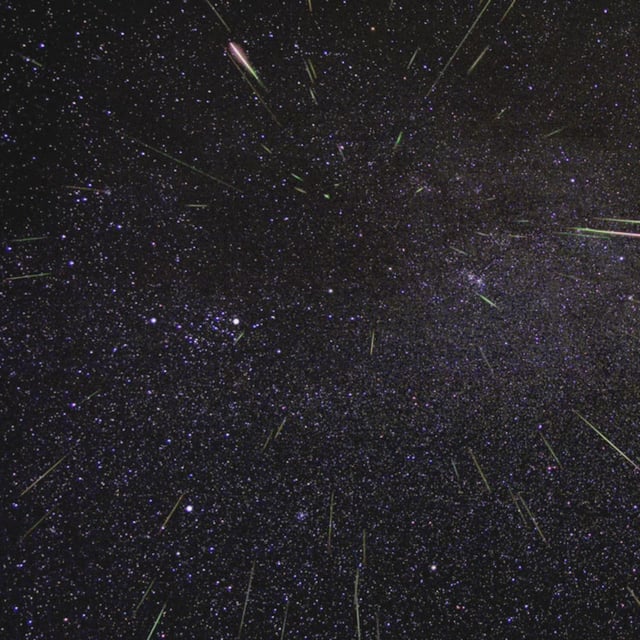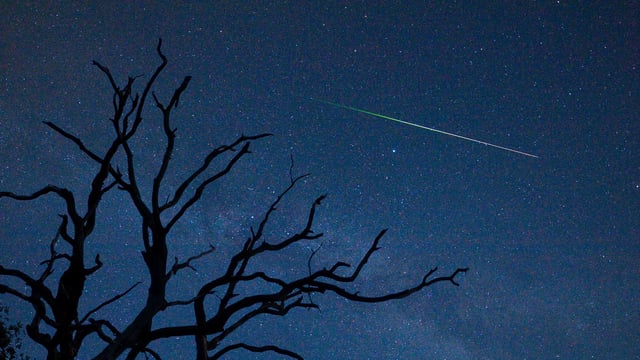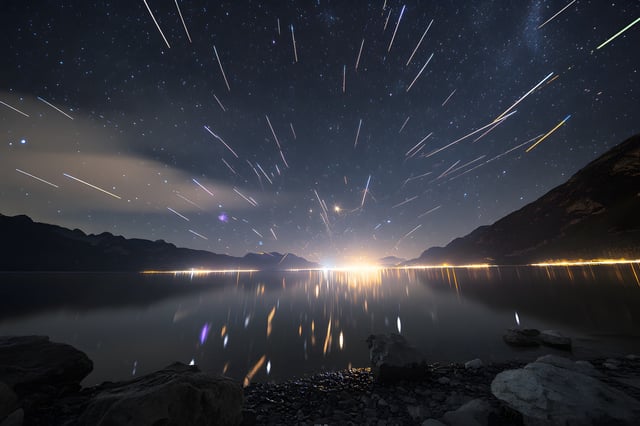Overview
- Earth enters Comet Swift-Tuttle’s debris stream starting July 17, with the Perseids active through August 23 alongside the Southern Delta Aquariids that began July 12.
- The annual Perseid peak overnight on August 12–13 will produce about 50 to 100 meteors per hour, but an 84 percent-full moon will reduce visibility of fainter streaks.
- Early viewing windows from July 17 to 30 and post-peak opportunities around August 15 offer darker skies free of bright moonlight, while July 29–30 also brings the Delta Aquariid and Alpha Capricornid peaks.
- The shower’s meteors radiate from the constellation Perseus but actually originate from dust and larger fragments shed by Comet Swift-Tuttle, some producing bright fireballs.
- NASA advises stargazers to find a dark-sky site, allow their eyes 30 minutes to adapt, lie back facing northeast before dawn, and avoid artificial light for optimal viewing.



